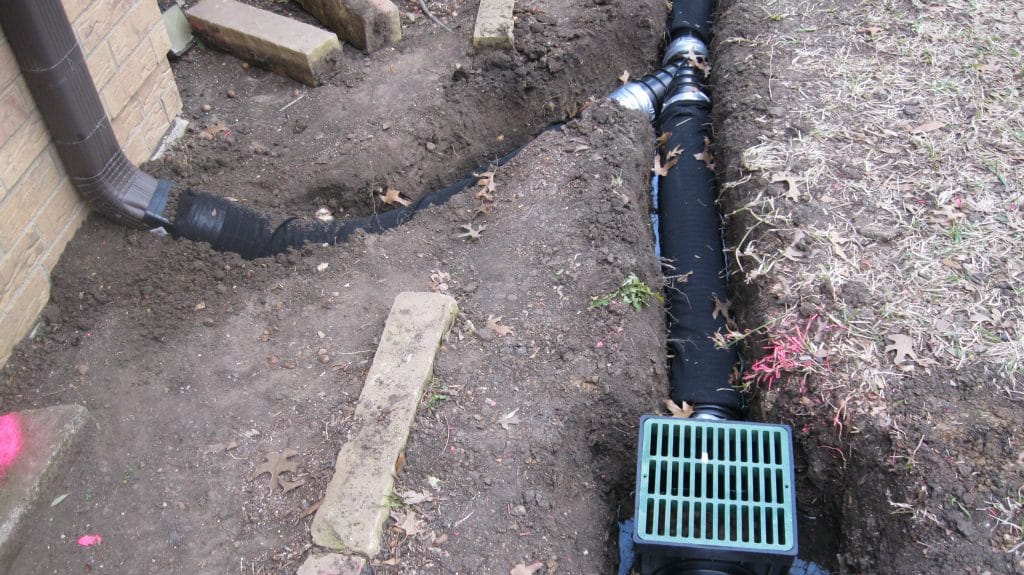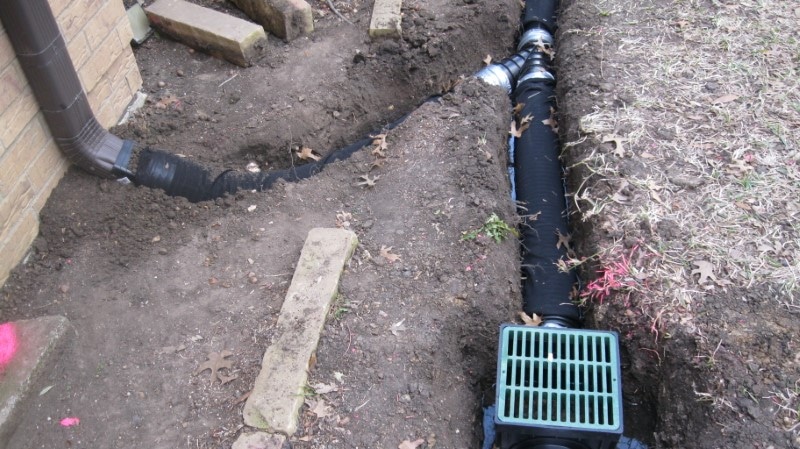
Problem soils that have erratic percolation rates can be helped by sand mound systems. It is designed and built to help the soil filter normally. It is also elevated and raised above the ground so that it can accommodate the additional filters that will help improve the percolation of the soil. Just like a conventional septic, you need to treat the sand mound system the proper way so that it can efficiently treat your wastewater on a daily basis. Here are two of the most important things that you have to consider in taking good care of your sand mound:
- Change the construction fabric that lines the mound. You have to check the construction fabric that lines the mound constantly because this keeps the heat inside the sand mound. The heat trapped by the fabric helps the bacteria metabolize and break down solid waste materials even when it is winter season. Make sure that you replace the fabric immediately when it becomes deteriorated or ice and snow will enter the system and freeze everything up.
- Keep the water load at a minimum. Excess water load should be prevented to keep the wastewater treatment run smoothly. Bacterial decomposition of the solid waste materials is delayed when added water pressure enters the tank. The particles just clog the system and this eventually leads to sand mound failure.
Excess water load is also brought in by heavy rainfall. When this happens, the sand mound tank overflows, and everything becomes chaotic. The aerobic bacteria that help purify the effluent die off because they drown with all that excess water. Excessive water load in the sand mound is a common issue among homeowners that is why French drains are highly considered. You should know how French drains can help your sand mound systems so that you could appreciate how a simple system can help a complex system function better.
French drains catch the wastewater that overflows from the sand mound tank. It also catches the runoff that comes from heavy rain. The wastewater stagnates in the French drain, allowing the anaerobic bacteria to continue their job in breaking down the solid waste materials. The drain then disperses the pre-treated effluent into the surrounding soil. It passes through the durable media that has slime growing on it. The bacterial slime helps break down the remaining solid waste particles. When the effluent enters the soil, the latent bacteria purify it so that it can be used again.
Ask you’re septic and drain experts about French drain installation and the requirements you have to secure to have one with your sand mound. It will definitely make your life as a property owner a lot more convenient and worry-free.
